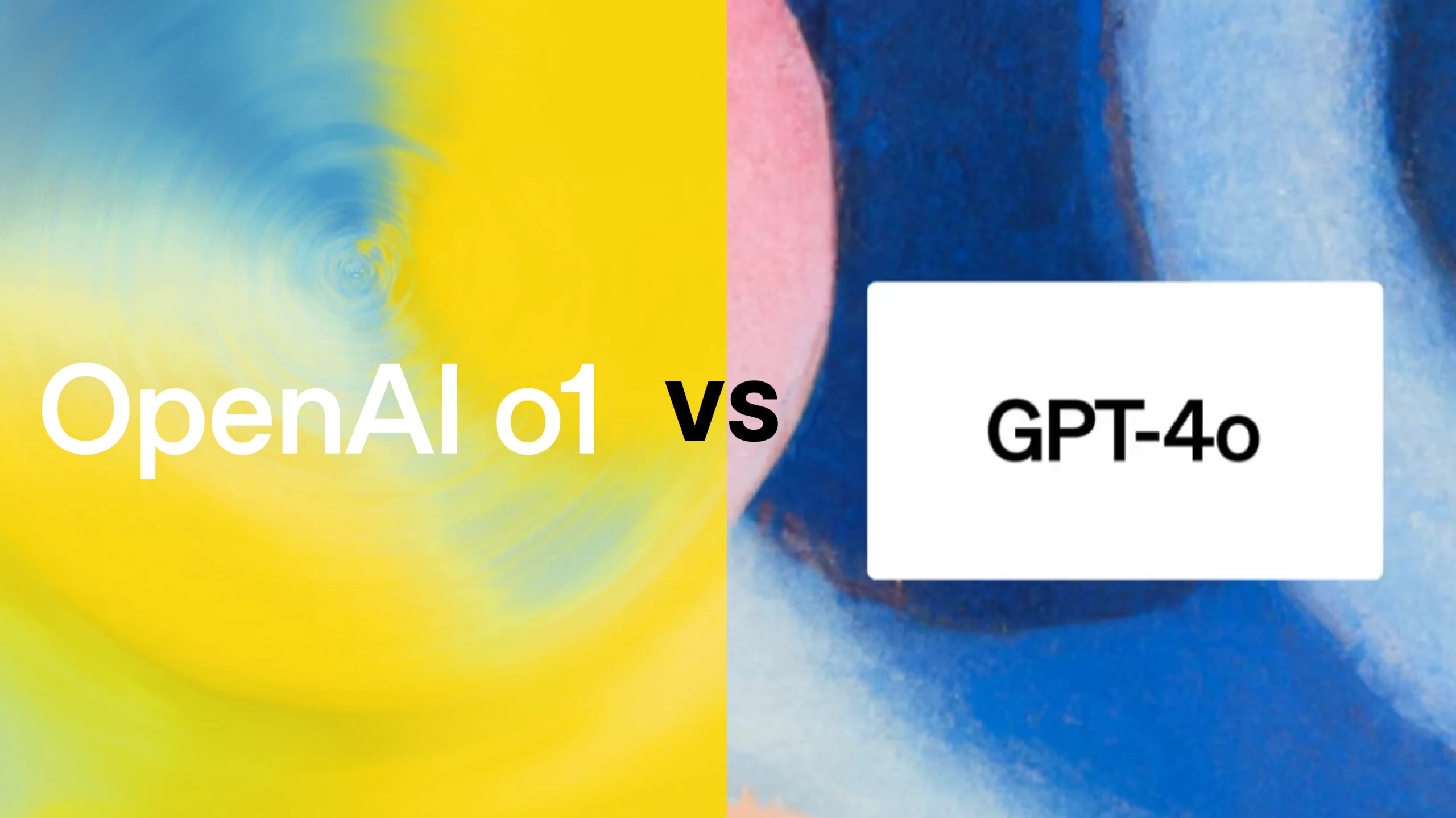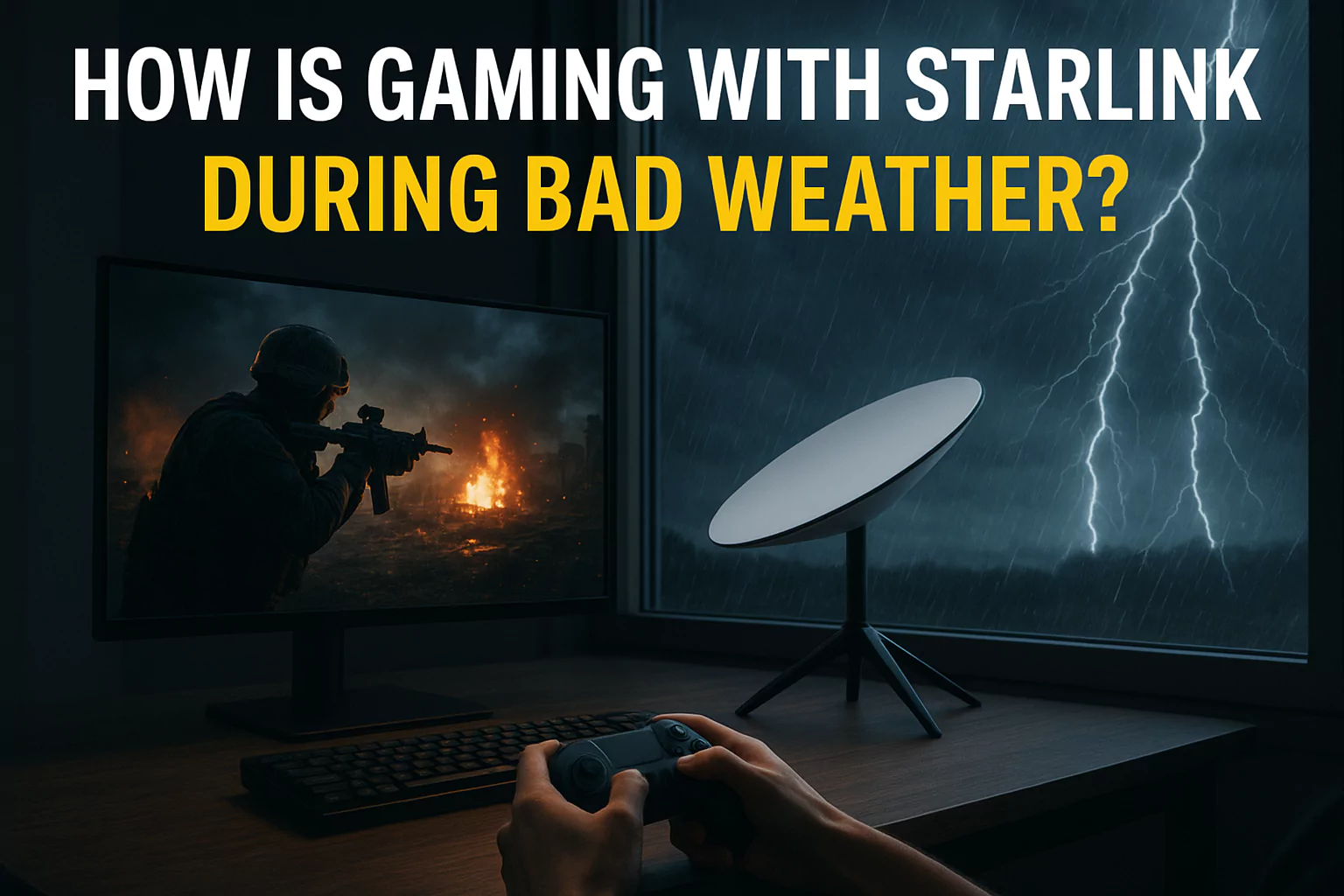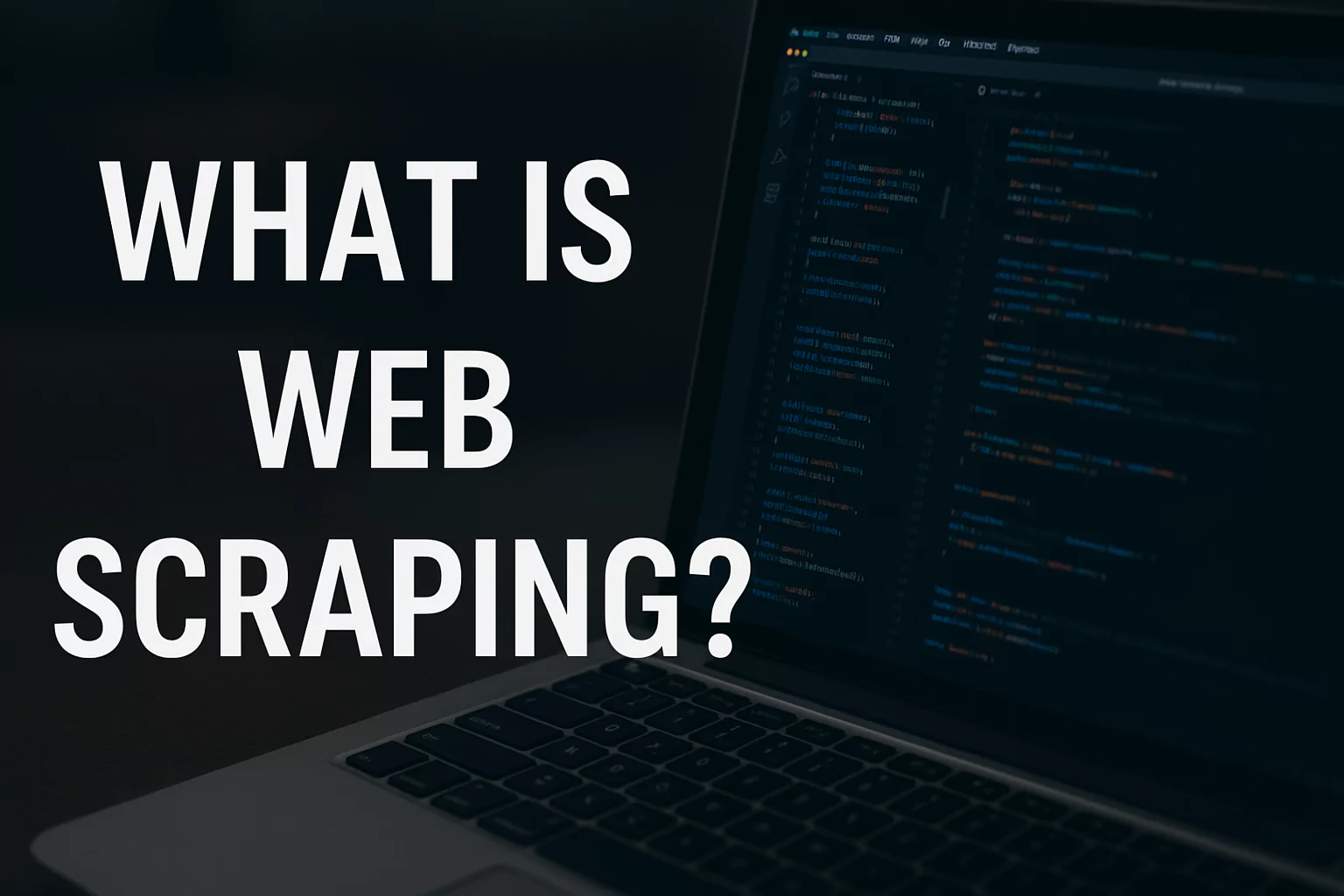GPT-4o vs OpenAI o1: Which AI Model Reigns Supreme?

No, GPT-4o is not necessarily worth the hype. While it offers significant advancements in versatility and general-purpose capabilities, OpenAI o1 excels in specific areas like reasoning and problem-solving. The best choice depends on your specific needs and priorities.
Background
OpenAI, a leading artificial intelligence research laboratory, has a history of developing groundbreaking language models. Their latest models, GPT-4o and OpenAI o1, represent significant leaps forward in AI capabilities.
Evolution of AI Models by OpenAI
OpenAI has a track record of pushing the boundaries of language models. GPT-3, their previous flagship model, demonstrated impressive abilities in generating human-like text and completing various tasks. GPT-4o and OpenAI o1 build upon the foundation of GPT-3, incorporating new architectures and training techniques to enhance their performance.
Introduction to the “Strawberry” Architecture
The “Strawberry” architecture, a key component of both GPT-4o and OpenAI o1, is designed to improve the models’ ability to understand and generate complex language. This architecture enables the models to process information more effectively and produce more coherent and relevant outputs.
Key Differences Between GPT-4o and OpenAI o1
While both models share a common foundation, they exhibit distinct strengths and weaknesses. GPT-4o is more versatile, capable of handling text, speech, and video inputs. It excels in generating human-like text and interacting across multiple modalities. On the other hand, OpenAI o1 is specialized in reasoning and problem-solving. It employs a “chain of thought” approach to enhance its ability to tackle complex mathematical, coding, and scientific problems.
Capabilities and Performance
GPT-4o
- Versatility in handling text, speech, and video inputs
- General-purpose functionality
- Strengths in generating human-like text and interacting across multiple modalities
OpenAI o1
- Enhanced reasoning capabilities through “chain of thought” approach
- Specialization in mathematical, coding, and scientific problem-solving
- Performance in reasoning-heavy scenarios
Speed and Cost
GPT-4o and OpenAI o1 differ in terms of processing speed and cost. GPT-4o is generally slower but more versatile, while OpenAI o1 is faster but more specialized. The choice between the two depends on your specific needs and budget constraints.
Multimodal Support
GPT-4o is equipped to handle multimodal inputs, making it suitable for applications that require processing text, images, and other types of data. OpenAI o1, however, is primarily focused on text-based tasks and may have limitations in handling multimodal inputs.
Use Cases and Applications
GPT-4o
- Ideal for applications that require versatility and human-like text generation, such as content creation, customer service, and creative writing.
- Examples: content creation, customer service chatbots, language translation, and creative writing tools.
OpenAI o1
- Optimal for tasks that involve complex reasoning and problem-solving, such as scientific research, mathematical modeling, and code generation.
- Examples: scientific research, mathematical modeling, code generation, and educational applications.
User and Developer Insights
Feedback from users and developers on both GPT-4o and OpenAI o1 has been generally positive. Both models have demonstrated impressive capabilities in their respective areas. However, the choice between the two ultimately depends on the specific requirements of the user or developer.
FAQs
Q1. Which model is better for general-purpose tasks?
GPT-4o is better suited for general-purpose tasks due to its versatility and ability to handle a wide range of inputs.
Q2. Which model is better for reasoning and problem-solving?
OpenAI o1 is better equipped for reasoning and problem-solving tasks, especially those that require complex mathematical or scientific calculations.
Q3. Is GPT-4o worth the hype?
Whether GPT-4o is worth the hype depends on your specific needs and priorities. While it offers significant advancements, it may not be the best choice for all applications.
Q4. How does OpenAI o1 compare to other AI models?
OpenAI o1 is a leading AI model in terms of reasoning and problem-solving capabilities. It compares favorably to other models in this area.
Q5. What are the limitations of GPT-4o and OpenAI o1?
Both models have limitations. GPT-4o may struggle with tasks that require deep domain expertise, while OpenAI o1 may be less effective for tasks that require creativity or general knowledge.









